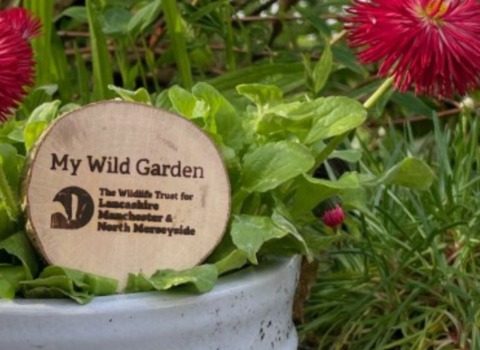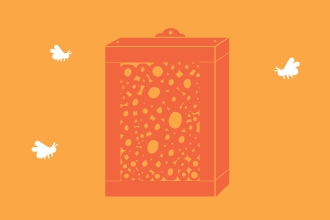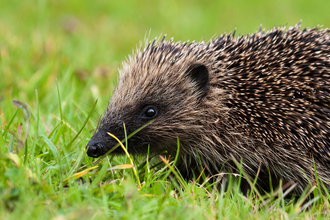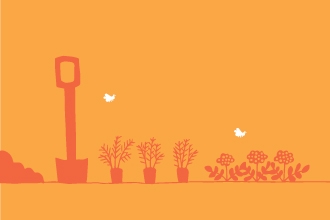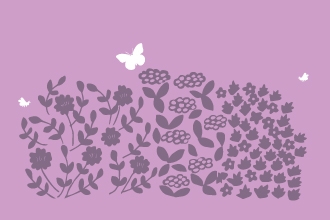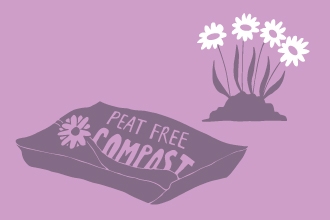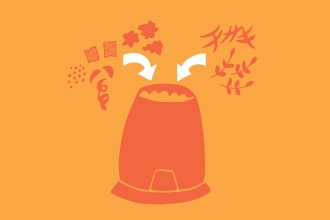Every garden is a little nature reserve
Your garden, balcony or yard, no matter how big or small, has the potential to be a haven for wildlife.
Incredibly, almost 90 per cent of UK households have a garden, making for over 20 million gardens that cover a larger surface area than all 2,600 Wildlife Trust nature reserves combined. With many UK species in decline, using these spaces means we can collectively make a huge difference to our struggling wildlife.
It doesn’t have to involve lots of time and money; the good news is that letting nature take its own course can often be the best way. Try leaving a patch of grass to grow wild and you’ll soon have lots of new visitors: winged, petaled and otherwise. And with those sensory wonders from the buzzy bee, the hopping frog and sweet honeysuckle, a wild garden can also work wonders for our own wellbeing.
Read on to find out how to get started and, when you're ready, complete our survey below to tell us about your own wildlife-friendly garden. You'll also be able to receive your very own My Wild Garden award in exchange for a small donation, to celebrate your little nature reserve!
What is a Wild Garden?
Our My Wild Garden survey measures five factors to assess how welcoming to wildlife your garden is: food, shelter, water, management and connectivity. It also measures if your garden provides any solutions to some of the climate and nature issues we are facing. If you can tick off at least two actions from each category, you can donate to receive your own My Wild Garden award.
If you're just getting started with gardening for wildlife, why not sign up for our My Wild Garden guide to learn more about the steps you can start taking? Then, when you're ready, come back and apply for your award!
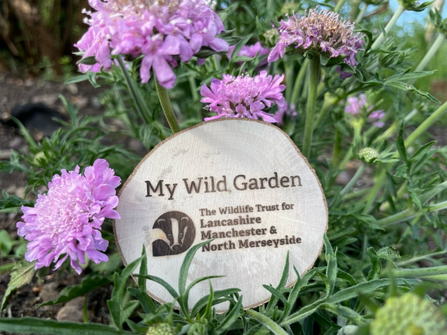
Our My Wild Garden award
What is a My Wild Garden award?
Celebrate your Wild Garden with a piece of one of our nature reserves! Complete our survey below to tell us about your garden; then, upon making a small donation, you will receive a wooden plaque to show your dedication to helping wildlife. Every single one is unique, harvested locally from trees that have been sensitively managed for wildlife on our reserves, and lovingly stamped by some of our dedicated volunteers.

